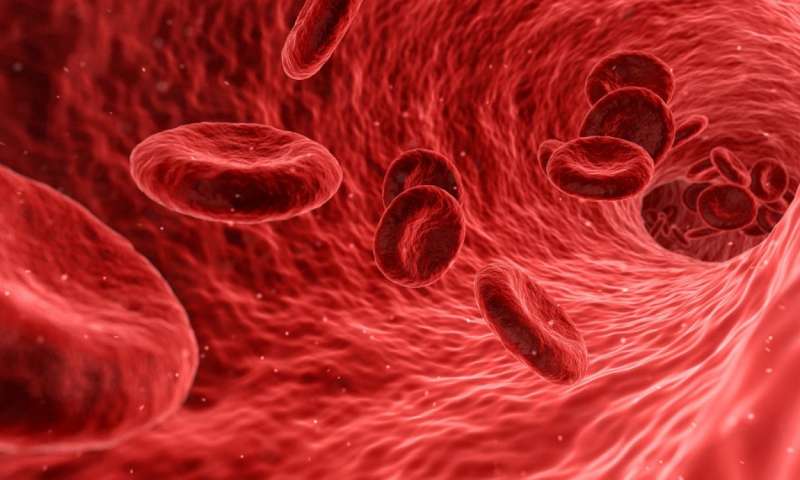DEAR MAYO CLINIC: My uncle was diagnosed with COVID-19, and his doctors mentioned the possibility of putting him on ECMO. What does this mean?
ANSWER: A COVID-19 infection can lead to mild symptoms for many people, but for others, it can cause life-threatening lung failure.
In cases like your uncle’s, traditional life support measures, such as a ventilator to support breathing, do not provide enough oxygen to support the body’s vital organs. Extracorporeal membrane oxygenation, or ECMO, also known as extracorporeal life support, or ECLS, is a form of heart-lung bypass that is used to provide the body with additional oxygen when other measures have failed. The ECMO device removes blood from the patient’s body, sends it through an artificial lung, and then returns the fully oxygenated blood back to the body.
ECMO is used to help people who are ill with a heart or lung condition. This may include patients with COVID-19, as well as those with pulmonary or cardiac issues.
ECMO may be used with heart conditions such as heart attack, cardiomyopathy, myocarditis, sepsis and cardiogenic shock. In addition to COVID-19, ECMO may be used with lung or pulmonary conditions such as acute respiratory distress syndrome, congenital diaphragmatic hernia, flu, pneumonia, a pulmonary embolism or pulmonary hypertension.
There are two types of ECMO support. Venovenous ECMO is used to support the lungs, and venoarterial ECMO is used to support both the heart and the lungs.
In both types of ECMO, blood is removed from the body through a small tube called a cannula that is placed into a large blood vessel in the patient’s neck, chest or groin. The blood is sent through an artificial lung in the ECMO machine, which removes carbon dioxide and adds oxygen into the blood. The blood is then rewarmed and sent back into the body through another cannula. This method allows the blood to bypass the heart or lungs. By doing this, your uncle’s body and organs can rest and heal.
ECMO requires the support of a large health care team. It is typically performed at large hospitals that have established programs dedicated to caring for these critically ill patients. The team may go to the hospital where your uncle is under care and place him on ECMO before transporting him to a larger hospital.
People who require ECMO support will remain in the ICU and be cared for by a team of health care providers who have received specialized training. This team includes physicians, nurse practitioners, physician assistants, nurses, respiratory therapists and ECMO specialists.
While on ECMO, your uncle will be monitored continuously by his health care team. They will measure his heart rate, blood pressure, oxygen levels, temperature and more. People on ECMO may undergo tests to monitor their condition, such as X-rays; bronchoscopies, a procedure that allows providers to look into a person’s lungs; or an EKG, an ultrasound of the heart. They also will have routine blood draws to monitor oxygen and carbon dioxide levels in the blood; blood cells and platelets; important electrolytes in the blood; and more. Blood draws also will be used to monitor and adjust the anticoagulation medications used to thin the blood and decrease the risk of blood clots
People on ECMO receive sedation and pain medications to help make them comfortable. They will be asleep and remain on the ventilator to help them breathe. In some cases, they may be able to wake up and be removed from the ventilator, allowing them to talk and participate in their own care, including physical therapy. Once the patient begins to show signs of recovery, the ECMO device will slowly be turned down to allow the patient’s body to start functioning on its own.
Your uncle will come off ECMO when his lungs have recovered enough to function on their own. ECMO can be used for a few days to several weeks. The amount of time depends on the specifics of the patient’s condition.
Mayo Clinic News Network


